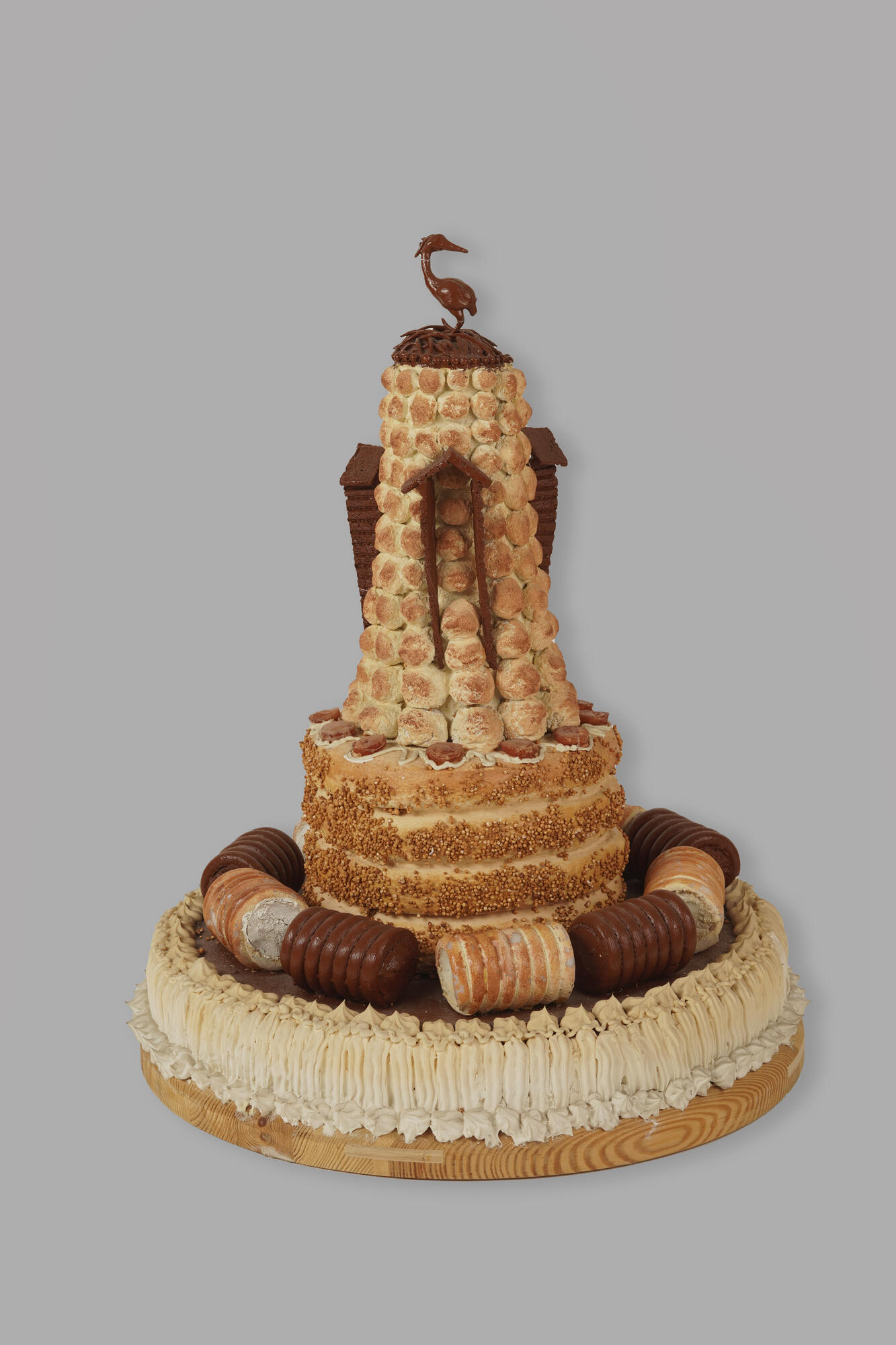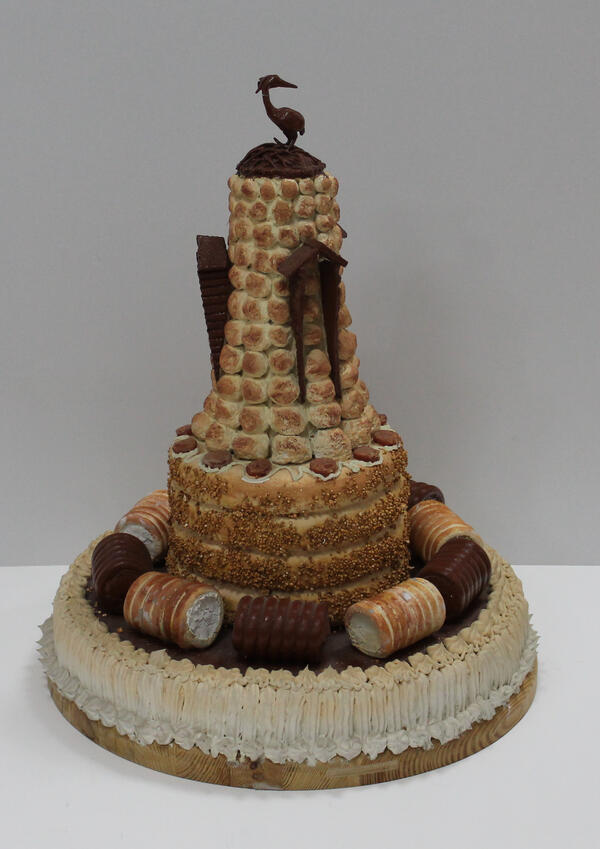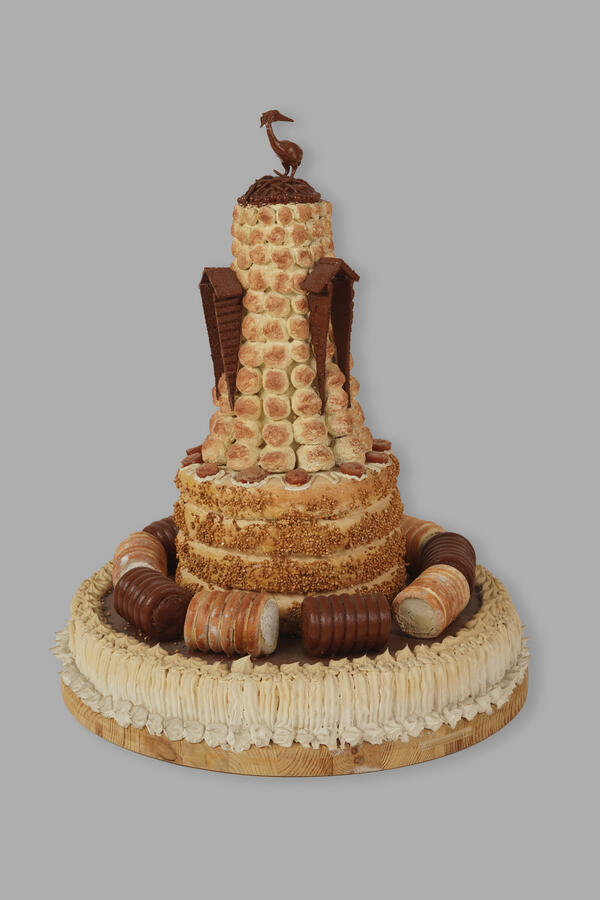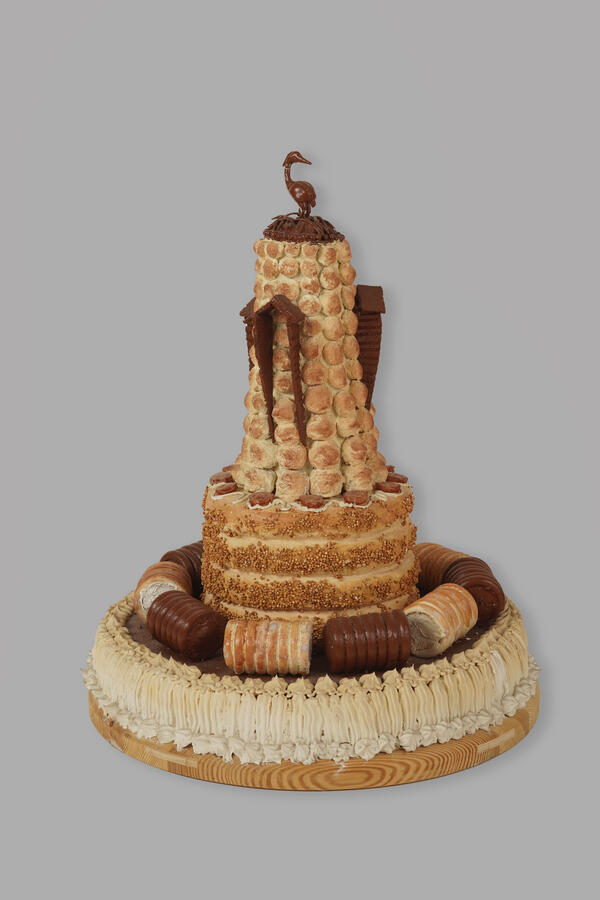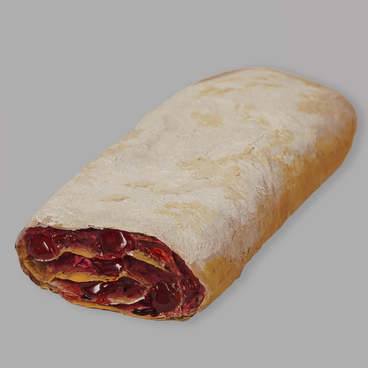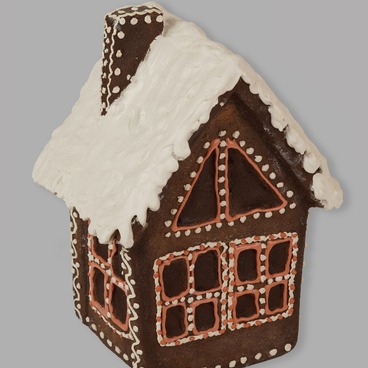No one knows exactly when and where the first cakes appeared. Some historians believe that this dessert was invented in Greece: archaeologists found simple bread cakes made from crushed and soaked grains. Others believe that only the ancient confectionery traditions of the East could give rise to this sweet treat. They claim that the first cakes were cylindrical desserts made of honey, milk and sesame seeds. Still others are sure that the cake was invented at the beginning of our era in the territory of modern Italy.
Cakes as we know them did appear in this country when Europeans began to use sugar in cooking. Italian confectioners are also called “tortaio”, that is, cake makers. The very word “tort” (cake in Russian) is also of Italian origin. It translates as “twists” and is reminiscent of cream patterns on the surface of the product.
Initially, ordinary pans served as cake molds — hence their traditionally round shape. However, the recipes were constantly improved, so that in the end there was a need for special baking equipment. Forms appeared with and without a bottom (in this case, waxed paper was placed underneath).
In the 18th and 19th centuries, confectioners mastered various methods of processing flour and making dough, they already had all sorts of sweets for decoration and specific kitchen utensils at their disposal. Design was limited only by the imagination of the culinary specialist.
The cake is the recognized “pinnacle” of the holiday, so its appearance is especially important. The names of the cakes reflect their appearance: cream cake, chocolate, and fruit. Other names have nothing to do with taste, but speak for themselves: “Prague”, “Fairy Tale”, “Jubilee”, and “Napoleon”.
According to the culinary method, cakes are divided into three groups. The first is half-open or closed cakes made from Easter dough, the surface of which is only slightly decorated after baking. The second is Italian cakes: their bottom, top and walls are baked separately, cooled, and then stuffed with filling. The third is prefabricated cakes: for them, the cakes are baked separately, and then stacked one on top of each other, layered with filling, and decorated.
Each country has its own signature cake. But France is considered the trendsetter in this sweet business. It is the French confectioners who have long set the trends in the creation and decoration of this product. And they also created cream, caramel, meringue, soufflé, jelly, praline and icing, without which it is impossible to imagine any cake today.
Cakes as we know them did appear in this country when Europeans began to use sugar in cooking. Italian confectioners are also called “tortaio”, that is, cake makers. The very word “tort” (cake in Russian) is also of Italian origin. It translates as “twists” and is reminiscent of cream patterns on the surface of the product.
Initially, ordinary pans served as cake molds — hence their traditionally round shape. However, the recipes were constantly improved, so that in the end there was a need for special baking equipment. Forms appeared with and without a bottom (in this case, waxed paper was placed underneath).
In the 18th and 19th centuries, confectioners mastered various methods of processing flour and making dough, they already had all sorts of sweets for decoration and specific kitchen utensils at their disposal. Design was limited only by the imagination of the culinary specialist.
The cake is the recognized “pinnacle” of the holiday, so its appearance is especially important. The names of the cakes reflect their appearance: cream cake, chocolate, and fruit. Other names have nothing to do with taste, but speak for themselves: “Prague”, “Fairy Tale”, “Jubilee”, and “Napoleon”.
According to the culinary method, cakes are divided into three groups. The first is half-open or closed cakes made from Easter dough, the surface of which is only slightly decorated after baking. The second is Italian cakes: their bottom, top and walls are baked separately, cooled, and then stuffed with filling. The third is prefabricated cakes: for them, the cakes are baked separately, and then stacked one on top of each other, layered with filling, and decorated.
Each country has its own signature cake. But France is considered the trendsetter in this sweet business. It is the French confectioners who have long set the trends in the creation and decoration of this product. And they also created cream, caramel, meringue, soufflé, jelly, praline and icing, without which it is impossible to imagine any cake today.
